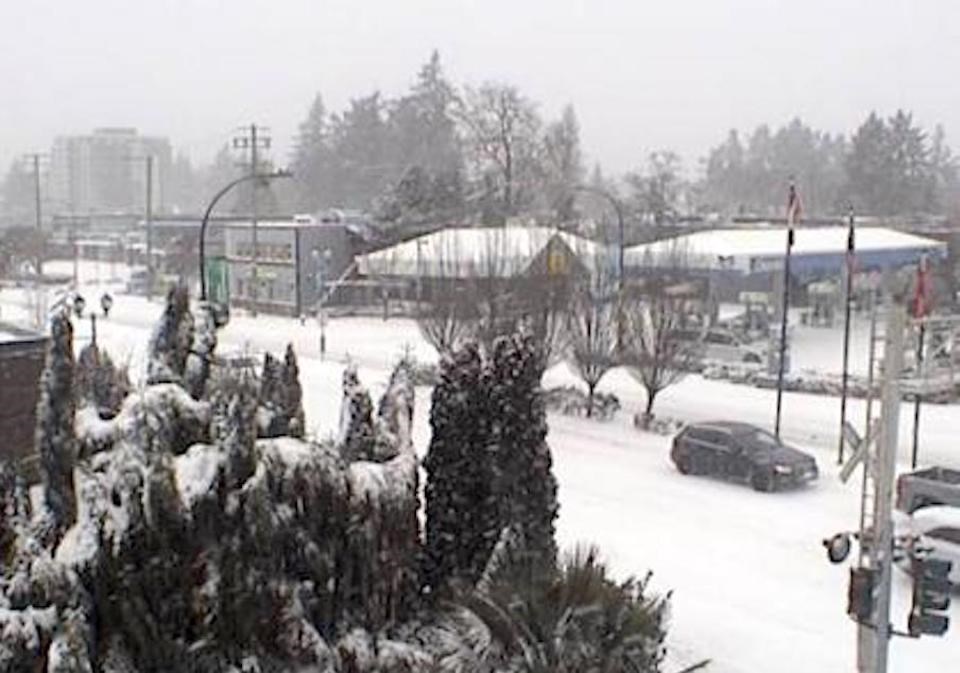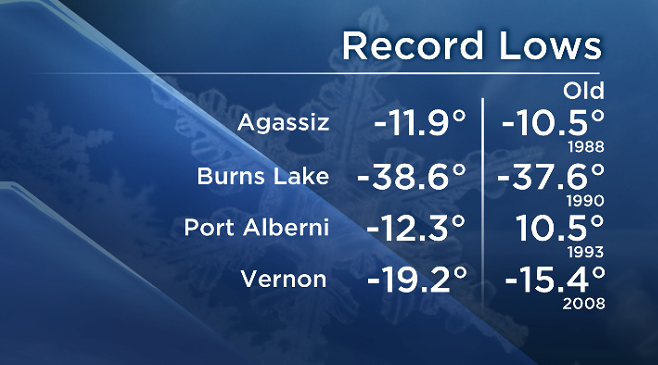Joe Apprendi
Sun., December 26, 2021

For almost two years, people everywhere made massive adjustments to how they interact with the world. It forced many to change their daily behaviors. Unfortunately, some of these changes would make daily tasks many take for granted become daunting for anyone requiring accessibility or accommodations.
A Harris Poll reveals that more than half of American adults increased their online activities because of the pandemic. That number grows to 60% for people with disabilities.
The increase in online activities does not mean that everyone is able to achieve their goals. So, what kind of impact is the crisis having on accessibility? Are organizations finally getting the message on the importance of accessibility?
Accessibility awareness on the rise
In recent years, has it felt like everywhere you look there's something about accessibility or people with disabilities? Many TV ads from Big Tech firms have featured people with disabilities and accessible technology.
Apple started with the first prime-time ads on network television, followed by Microsoft, with an ad during America’s biggest game. In a Google ad, a man who is deaf calls his son for the first time using the Live Caption on his Pixel phone. And Amazon has an ad about Brendan, an employee who is deaf.
Clearly, accessibility awareness looks like it's growing. In May, in honor of Global Accessibility Awareness Day, Apple, Google and Microsoft announced a slew of updates and resources related to accessibility across their products. DAGERSystem announced an upcoming Accessible Games Database, which is now live. Gamers can now search for accessible games by platform and filter accessibility by auditory, visual, color and fine motor categories.
It's great that tech companies are talking about accessibility, promoting it and even making it part of their marketing budget. But there's a difference between talking about it and taking action: Talking about it does not make a website accessible. That requires action.
A recent Forrester survey found that eight in 10 companies are working on digital accessibility. So, is anything actually changing? Are people able to use websites without barriers?
Did the rise in internet usage boost accessibility?
That's the question the 2021 State of Accessibility Report (SOAR) report set out to answer. The purpose of SOAR is to assess the current state of accessibility across companies and industries. It's a tool to find out what has improved in accessibility and what needs work.
The report has traditionally obtained accessibility metrics by analyzing the state of accessibility on the Alexa top 100 websites. The report focuses on the most popular digital products rather than going for volume. Change almost always starts at the top. When things improve at the top, the rest will follow.
The Pareto principle, known as the 80/20 rule, applies here. You will reach about 80% of the traffic with the top 20% of digital products.
What's interesting is that the Alexa top 100 listed 31 new websites in 2021 that were not in the top 100 for 2019 or 2020. Only 60% of the tested websites on the Alexa 100 list in 2019 appeared on the 2021 list.
In reviewing the changes and the current Alexa top 100 websites, it's easy to see how the pandemic changed online behavior. The top websites contained many productivity apps such as file transfer and collaboration tools, delivery services and communication tools like Zoom and Slack.
Speaking of video platforms, it's clear the pandemic had a big impact on their accessibility, especially where closed captions come in. As of April 2020, none of the video platforms had automatic captions built-in except for Skype. Unfortunately, the captions on Skype weren't of the highest quality.
Google Meet added captions by May 2020. At this time, Zoom was beta testing automatic captions. However, they initially rolled it out only to paid accounts. Thanks to a petition, Zoom agreed to make it available on free accounts. It took about eight months before that happened.
Around June, Microsoft Teams’ iOS app allowed people who weren't on the Teams network to use it with captions for free. That's a great start. Video platforms need more than captions to be accessible, however. They need to be navigable without a mouse. In addition to captions, the platforms need to offer transcripts. It's the transcripts, not the captions, that are compatible with screen readers and refreshable Braille devices.
With that, here are the key results from the Alexa top 100 website testing:
Out of the websites tested, 62% were accessible to screen readers, up from 40% in 2020.
Every single page passed for having the valid document "lang" attribute.
Only 11% of websites tested had errors in input field labels.
The most common error was the use of ARIA.
The second most common error was color contrast.
In short, the screen reader testing of the Alexa top 100 websites showed much improvement over 2019 and 2020 testing.
What about mobile apps? One study found that out of four hours spent on the mobile internet, 88% of the respondents said they spend that time on mobile apps. Given this high usage of apps and the accessibility community’s interest in app accessibility, SOAR tested mobile apps for the first time. Web Content Accessibility Guidelines (WCAG) 2.1 added 10 success criteria related to accessibility for mobile devices.
The mobile analysis looks at the top 20 free apps for both iOS and Android as well as the top 20 paid apps for both operating systems. The biggest surprise is that free apps were far more accessible than the paid apps.
When testing the accessibility of the main features in the free apps, 80% of the iOS and 65% of Android apps passed. Regarding the accessibility of the paid apps' main features, only 10% of the iOS and 40% of Android apps’ main features passed.
Why the disparity? Free apps have far more users than paid apps as Statista shows more than 93% use free apps for both Android and iOS devices. The more consumers a product has, the more likely the consumers will request and provide feedback on accessibility. Also, many of the companies behind the free apps are large tech companies that have made accessibility a high priority.
Where do we go from here?
It's exciting to see progress in digital accessibility, but companies need to stay on track. One of the most effective ways to do that is to take a top-down buy-in approach to accessibility. Make it part of the culture.
Now, building an accessibility-first culture does not happen overnight or even in a few months. It takes time. Every little step is progress. The key is to take that first step no matter how small. It could be as simple as teaching everyone in the company about adding alternative text to images. Or maybe on how to use proper headings.
It will take a lot of practice to become muscle memory. Once you conquer one thing, you move on to the next. According to SOAR 2021, many companies are mastering alternative text and headings. But they're struggling with color contrast and ARIA. Perhaps that will be the next step.
Creating accessible products requires involving people with disabilities through the entire process. Yes, before you build that minimum viable product. Better yet, hire people with disabilities so you always have experts available.
The reason for a lot of the gaps in accessibility is the lack of education and training. Companies need to train everyone, not just the product development team. The development team can create an accessible website, but all that hard work will be undermined the minute someone from marketing posts a video without captions, a graphic designer creates an image with poor contrast or the sales professional publishes a PDF file that's not accessible.
Accessibility is everyone's responsibility.

















:format(jpeg)/cloudfront-us-east-1.images.arcpublishing.com/tgam/VXFLQRYNURAGJJC4A2IVIBSNQ4.JPG?resize=600%2C525&ssl=1)
:format(jpeg)/cloudfront-us-east-1.images.arcpublishing.com/tgam/2EFY7H2J25GCFDV53QEFRFJF4Q.jpg?resize=600%2C485&ssl=1)
:format(jpeg)/cloudfront-us-east-1.images.arcpublishing.com/tgam/NNZALSGMXNF7FMJHHI2FGZ7BP4.JPG?resize=600%2C525&ssl=1)
:format(jpeg)/cloudfront-us-east-1.images.arcpublishing.com/tgam/7V73ZTOXXJFUTKSJGUWQ32MWPU.JPG?resize=600%2C490&ssl=1)
:format(jpeg)/cloudfront-us-east-1.images.arcpublishing.com/tgam/K256ZUXRN5A6DIHTBO7CTWW6MM.JPEG?resize=600%2C426&ssl=1)